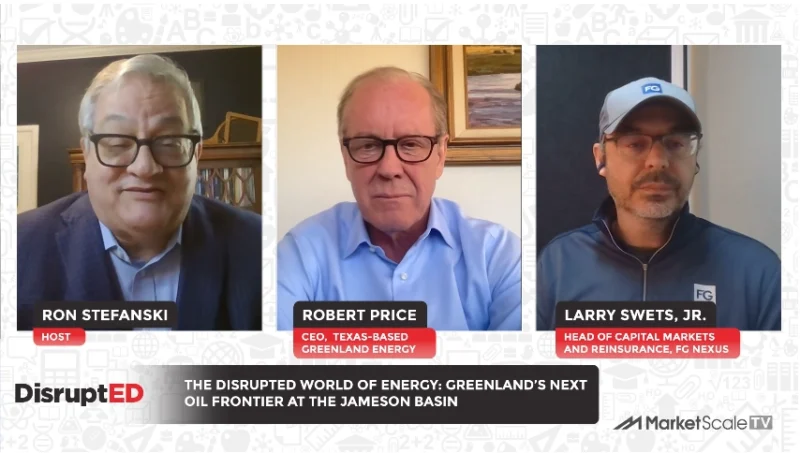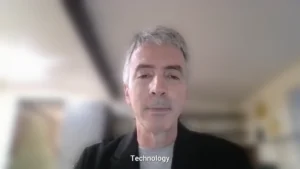Energy Reporting for Utilities & Businesses Isn’t Just for Transparency. It’s for Energy & Cost Savings, Too.
As cities and states increasingly implement energy benchmarking, disclosure, and transparency mandates, utilities and businesses find themselves navigating a complex landscape of compliance and opportunity. The rise of building performance standards, such as New York’s Local Law 97, Boston’s Building Energy Reporting and Disclosure Ordinance (BERDO), and Denver’s Energize Denver, underscores the urgency for detailed energy reporting. This trend highlights a pivotal moment for organizations to reassess their energy strategies, not just for regulatory compliance but for significant cost savings and sustainability improvements.
What drives the need for comprehensive energy reporting, and how can businesses leverage these insights for competitive advantage?
Andy Anderson, Chief Sustainability Officer at Tango, provides a quick analysis of the importance of energy reporting through benchmarking and transparency. Anderson’s insights reveal the multifaceted benefits and strategies that utilities and businesses can adopt to enhance energy efficiency and sustainability.
Key Points
- Identification of Problem Facilities and Opportunities: Energy benchmarking and transparency enable organizations to pinpoint underperforming facilities and identify areas for improvement across their portfolio, facilitating targeted interventions.
- Decarbonization and Cost Savings: Access to detailed energy data helps businesses pursue decarbonization efforts and achieve substantial cost savings through energy efficiency measures, peak load shifting, and enhanced reliability and resiliency.
- Low-Cost and No-Cost Opportunities: Simple adjustments such as scheduling, temperature controls, and facility startup/shutdown procedures offer immediate and low-cost benefits, demonstrating that even minor changes can lead to significant improvements.
- Capital-Intensive Projects for Major Impact: Investments in lighting retrofits, HVAC upgrades, and other large-scale projects are critical for long-term energy savings and resilience, making them essential components of a comprehensive energy strategy.
- Sector-Specific Strategies: The effectiveness of energy strategies varies by industry, underscoring the need for tailored approaches that consider the unique energy demands and opportunities within different vertical markets.
Article written by MarketScale.









